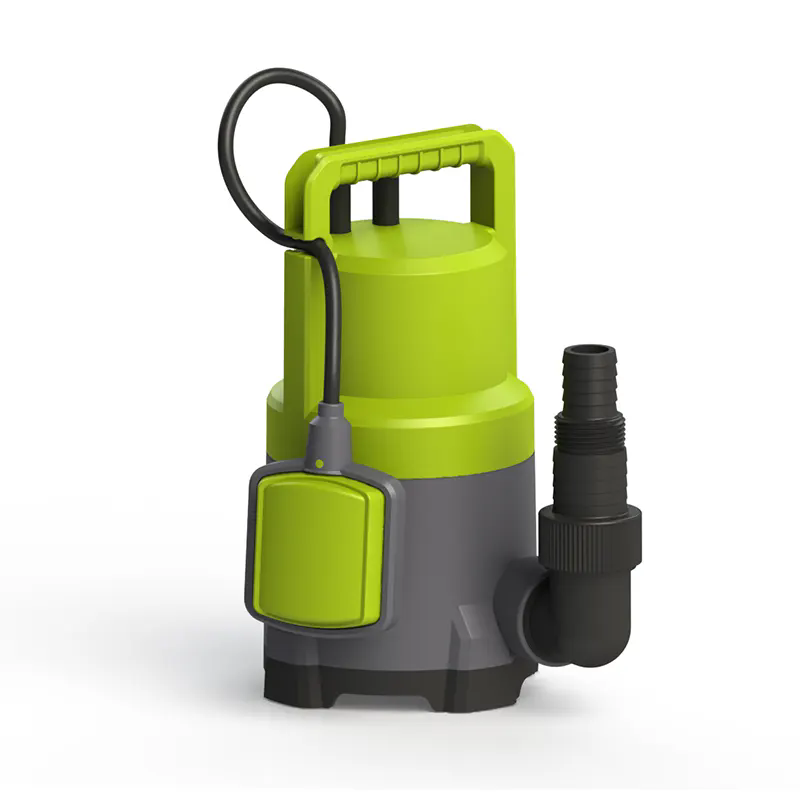Understanding Clean Water Submersible Pumps: Essential Tools for Efficient Water Management
2025-06-17
Whether for irrigation, drainage, or domestic water supply, clean water submersible pumps play a crucial role in moving water efficiently from one place to another. Designed specifically for pumping clean, clear water free from large particles, these pumps are trusted solutions in many residential, agricultural, and industrial applications.

What Is a Clean Water Submersible Pump?
A clean water submersible pump is an electrically powered device that operates while submerged underwater, typically in wells, tanks, or ponds. Unlike pumps designed for dirty or sewage water, clean water submersible pumps handle water with minimal solids or debris, ensuring smooth operation and longevity.
Key Features of Clean Water Submersible Pumps
Submerged Operation: These pumps are designed to be placed underwater, which helps in cooling the motor and reduces noise.
Efficient Impellers: Their impellers are engineered to handle clear water efficiently without clogging.
Corrosion Resistance: Made from stainless steel or corrosion-resistant materials to withstand long-term contact with water.
Compact and Sealed Design: Ensures no water enters the motor housing, protecting internal components.
Common Applications
Residential Water Supply: Pumping water from wells or underground sources to homes.
Agricultural Irrigation: Moving clean water to fields, gardens, or greenhouses.
Water Features: Circulating water in fountains, ponds, or artificial lakes.
Industrial Processes: Supplying clean water for cooling or processing systems.
Flood Control: Draining accumulated clean water from basements or construction sites.
Advantages of Using a Submersible Pump for Clean Water
Energy Efficiency: Submerged operation allows for direct pumping without priming, saving energy and time.
Quiet Operation: Being underwater muffles the sound, making these pumps quieter than surface pumps.
Space Saving: Compact and installed underwater, they free up surface space.
Reduced Cavitation Risk: Submersion prevents air bubbles, lowering the risk of cavitation damage.
Choosing the Right Clean Water Submersible Pump
When selecting a pump, consider:
Flow Rate and Head: Determine the volume of water you need to move and the vertical height it must be lifted.
Power Source: Most are electric, but options may vary depending on your setup.
Pump Material: Choose corrosion-resistant materials, especially if water has a slightly acidic or mineral content.
Cable Length: Ensure the power cable is long enough for your installation depth.
Maintenance Needs: Look for pumps with easy service options and reliable seals.
Maintenance Tips for Longevity
Regularly inspect the pump and power cable for wear or damage.
Keep the water source clean to avoid sediment buildup.
Avoid running the pump dry to prevent motor overheating.
Schedule periodic professional check-ups for seals and motor condition.
Final Thoughts
Clean water submersible pumps are reliable, efficient, and versatile devices essential for effective water management in numerous settings. Whether you need to supply water for your home, farm, or industrial site, choosing the right pump can save time, energy, and costs.
Investing in a quality clean water submersible pump means you’re equipped with a durable tool designed to keep your water flowing smoothly wherever you need it.


